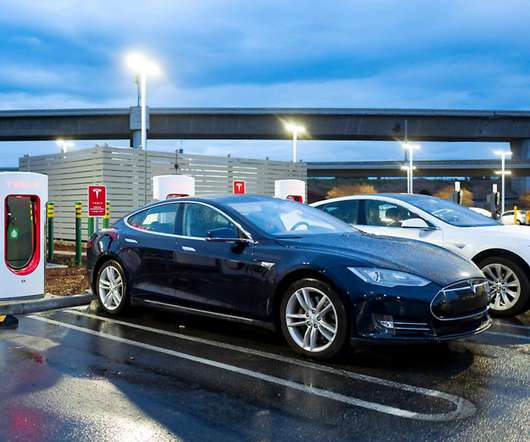Google and IEEE launch $1M challenge for downsized inverters
Green Car Congress
JULY 28, 2014
We believe that inverters will become increasingly important to our economy and environment as solar PV, batteries, and similar power sources continue their rapid growth. More broadly, similar forms of power electronics are everywhere: in laptops, phones, motors drives, electric vehicles, wind turbines, to give just a few examples.























Let's personalize your content